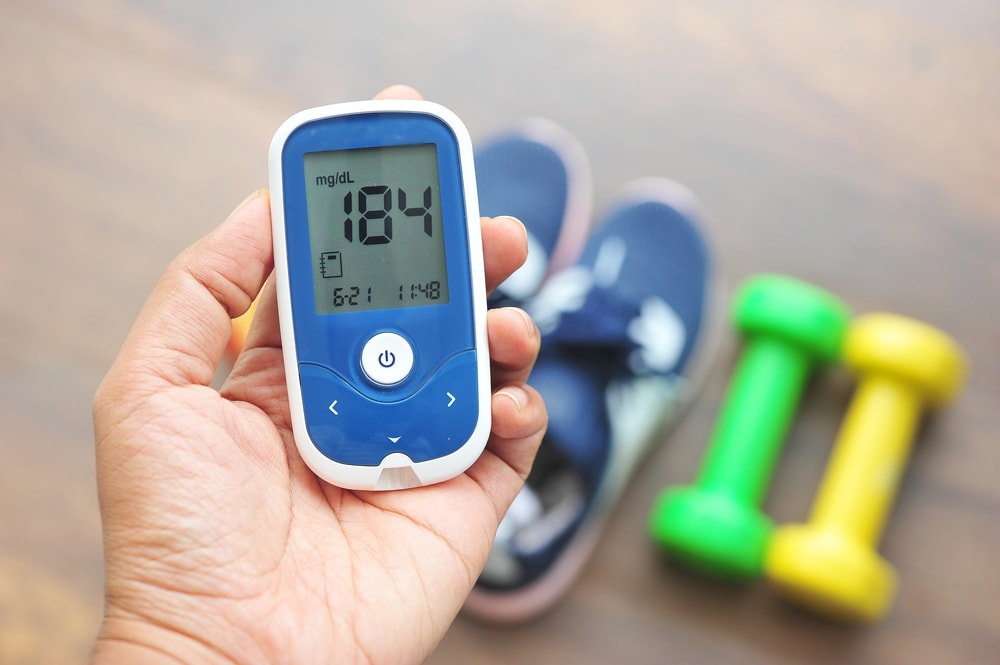Asking how does exercise affect blood sugar levels? Learn more at www.BetterHealthKare.com
When someone is diagnosed with diabetes, his or her physician and/or nutritionist will likely stress the importance of both diet and physical activity on the disease. You might be wondering, how does exercise affect blood sugar levels? Physical activity can help keep weight at healthy levels, plus exercise has a positive affect on how the body uses glucose. Let’s explore further: did you know muscles can actually use glucose without insulin when you are working out? So, whether your body doesn’t make enough insulin or you are resistant, the muscles in your body are getting the glucose needed during exercise, in turn causing your blood sugar levels to go down.
In addition, for patients who are insulin resistant, did you know that resistance actually decreases when working out? This helps your body’s cells use glucose more efficiently. Not only is there a positive effect when comparing exercise and diabetes sugar levels, but physical activity may help protect diabetics from cardiac complications. Because diabetes patients are more vulnerable to having clogged arteries, exercise can help you maintain healthy levels of cholesterol, decreasing your chances of blocked arteries. It can also help patients sleep better, have more energy and promotes lower blood pressure in the body.
Now that you know the answer to “how does exercise affect insulin,” let’s take a closer look at which types of exercises are best for diabetics. Don’t forget, before beginning any exercise regimen, you should get the “all clear” from your physician.
If you are overweight, or someone who has not exercised in some time, it is best to start off with lighter exercise and for a shorter duration, until your body becomes conditioned. There are three types of exercises you should consider – strength training, aerobic, and flexibility workouts.
Strength training is great to have lean, effective muscles, and is an ideal exercise for diabetics, because muscles use a lot of glucose. So, the more use you get out of your muscles, the better your blood sugar levels should be. You can sign up at a local gym or YMCA in order to use their weight equipment, or you can invest in free weights to use in the privacy of your own home. Aim for at least 20 minutes of strength training up to three times per week.
Aerobic exercise can include walking, running, swimming, biking or playing a sport such as tennis. It is recommended you aim for 30 minutes of aerobic exercise per day, several days out of the week, but finding one 30 minute block of time might be difficult in your schedule. If that occurs, keep in mind many studies show breaking aerobic activity into ten minute segments is just as effective. Walking is an ideal aerobic exercise to try if you have not worked out recently.
Flexibility training is important because it will help your joints and muscles work better, plus it can help you from becoming very sore after exercising and aid in your muscles becoming relaxed. Beginners yoga is an easy flexibility workout to try and can be completed via DVD in the comfort of your own home.
There are many ways exercise and diabetes sugar levels go hand in hand. Learn easy, quick exercises and more about a diabetic’s diet at www.BetterHealthKare.com



